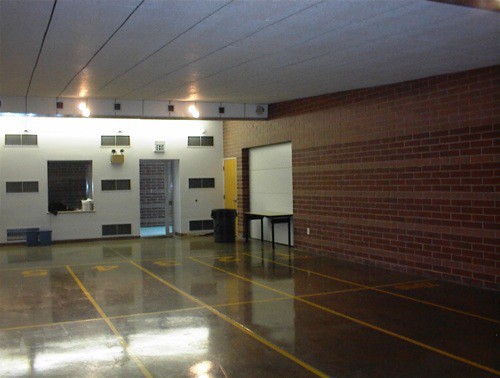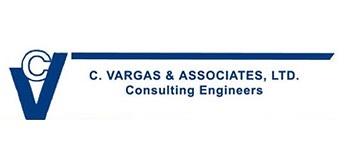A Beginner’s Guide to Lead
According to a recent article published by the National Institute for Occupational Safety and Health (NIOSH) approximately 40,000-60,000 people are employed by shooting ranges across the country. It’s also estimated that approximately 20 million people participate in target shooting every year (NSSF). With shooting sports becoming more and more popular, it is no surprise that […]
Eliminating Lead in Indoor Ranges (Part Two)

Written by Clark Vargas (Continued from last week…)There are inherent legal problems training with non-carry ammunition. The weight of non-lead bullets, are on average 25% less than that of standard lead projectiles by caliber and therefore accuracy is reduced at the firearms effective distances (long distances). Pistol harmonics and point of aim, likewise, change and […]
Eliminating Lead in Indoor Ranges (Part One)

Written by Clark Vargas The significant source of particulate lead in an indoor range is the ammunition used. There are four ways lead is generated in the shooting range. The first and worst, also because of particle size, is the primer that starts the powder ignition. It contains the chemical lead styphnate and other heavy […]